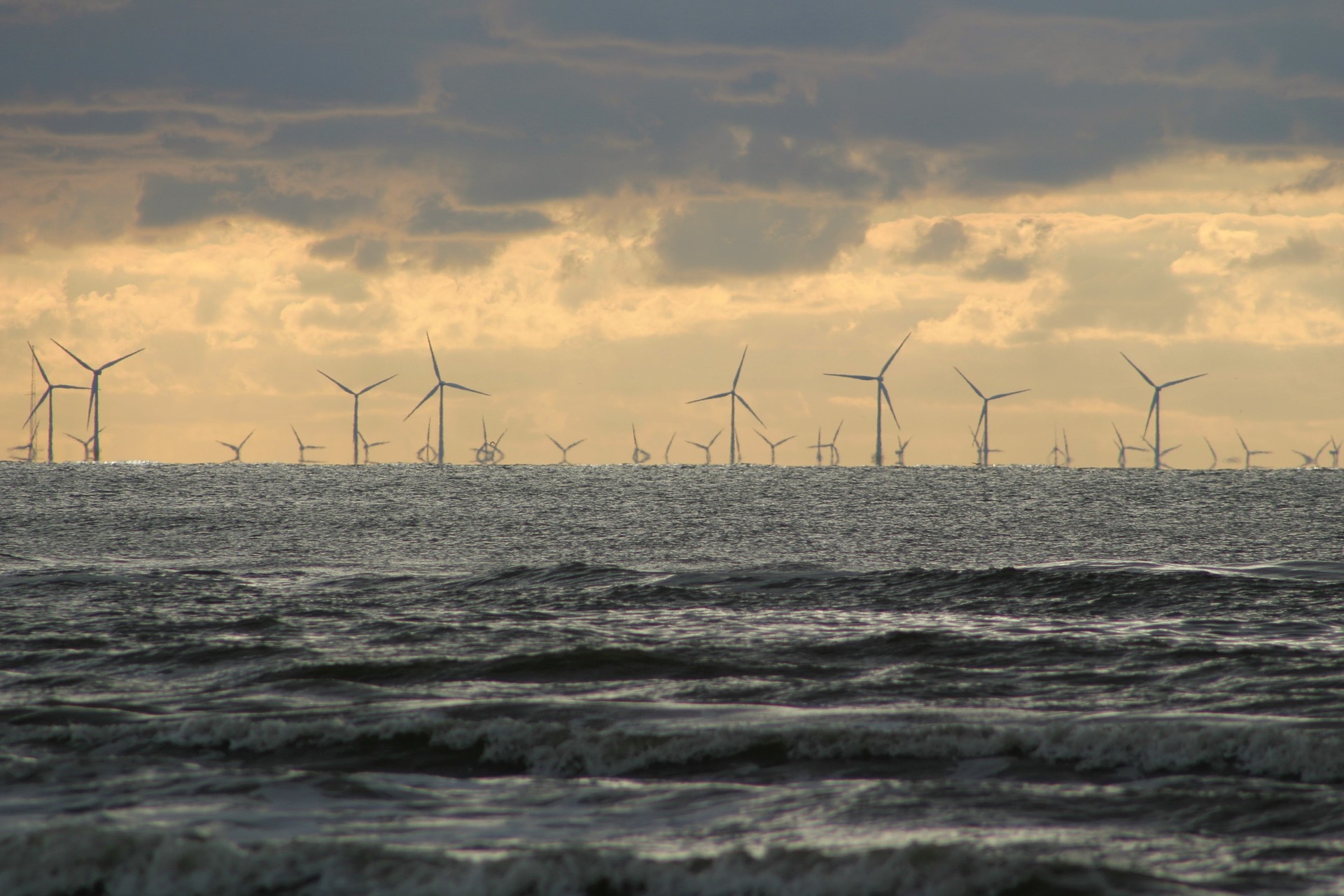The Estonian Ministry of the Environment has approved the environmental impact assessment (EIA) program for the offshore to be established on the western coast of the country’s large western island of Saaremaa by Estonian energy company Saare OU.
On May 28, 2020, the government initiated a building permit procedure for the establishment of an offshore off the western coast of Saaremaa based on an application by Saare OU. The goal of the offshore is to sustainably produce renewable electricity and to direct it into the general electricity system.
According to the environmental impact assessment program, Saare is planning to build an offshore with up to 100 turbines and a capacity of up to 1,400 MW in the territorial waters of Saaremaa’s western coast and establish a transmission system until joining the general electricity system. The diameter of one turbine’s rotor is estimated to be 250 to 280 meters and consequently, the maximum height of the turbine is 310 meters.
Saare has been planning a major with 100 turbines costing an estimated 1.7 billion euros on the coast of Saaremaa since 2015 and sent a request to the government at the end of 2017 to initiate a corresponding building permit procedure.
In spring 2019, based on input by the Internal Security Service, the government decided not to issue the permit due to having determined that the applicant may jeopardize public order and national security. Saare subsequently contested the decision. A compromise was reached in April 2020 on the basis of which the government’s initial decision was annulled.
In May last year, the government decided to support the launch of the building permit procedure and of an environmental impact assessment for the .
In October 2020, Dutch company Van Oord acquired a 30-percent minority stake in Saare which, according to the parties, will help expedite the development of the project.
The environmental impact assessment program has been drawn up by the company Roheplaan OU. The decision on whether or not a building permit will be granted to the project will be made by the government and the building permit procedure is being carried out by the Consumer Protection and Technical Regulatory Authority. The environmental impact assessment program is supervised by the Ministry of the Environment.


